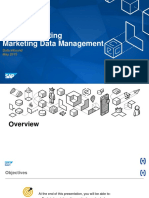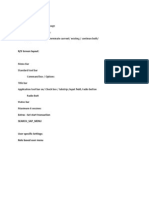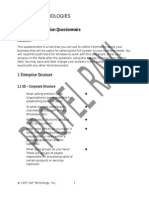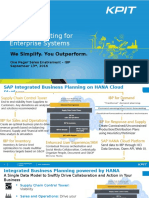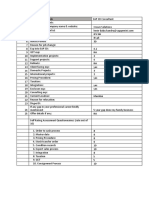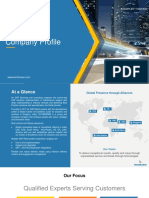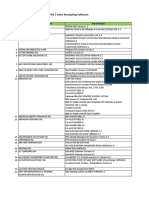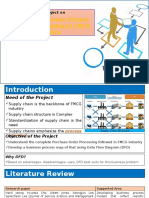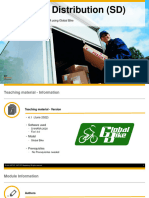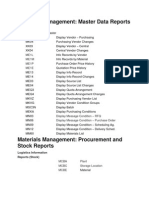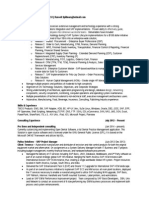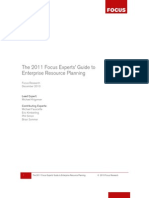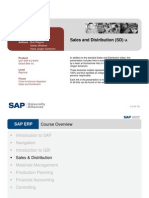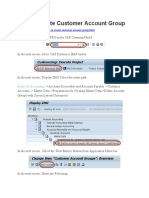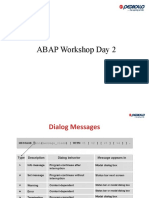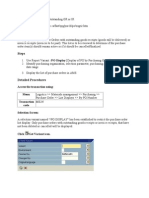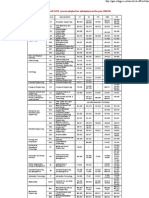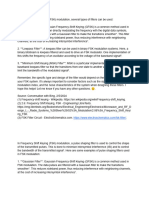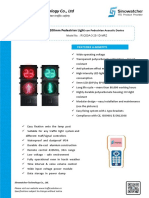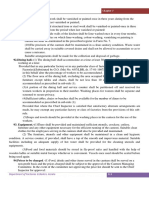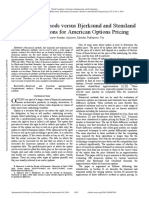0% found this document useful (0 votes)
477 views52 pagesSAP ERP Essentials for Businesses
This document provides an overview of SAP and the sales and distribution process in SAP. It defines key SAP concepts like ERP, modules, transaction codes and organizational elements. It then describes the sales process in SAP, including pre-sales activities, creating a sales order, scheduling deliveries and billing the customer. Key steps are engaging in pre-sales, order entry, delivery scheduling, billing and payment collection.
Uploaded by
chonchalCopyright
© © All Rights Reserved
We take content rights seriously. If you suspect this is your content, claim it here.
Available Formats
Download as PPT, PDF, TXT or read online on Scribd
0% found this document useful (0 votes)
477 views52 pagesSAP ERP Essentials for Businesses
This document provides an overview of SAP and the sales and distribution process in SAP. It defines key SAP concepts like ERP, modules, transaction codes and organizational elements. It then describes the sales process in SAP, including pre-sales activities, creating a sales order, scheduling deliveries and billing the customer. Key steps are engaging in pre-sales, order entry, delivery scheduling, billing and payment collection.
Uploaded by
chonchalCopyright
© © All Rights Reserved
We take content rights seriously. If you suspect this is your content, claim it here.
Available Formats
Download as PPT, PDF, TXT or read online on Scribd
/ 52





